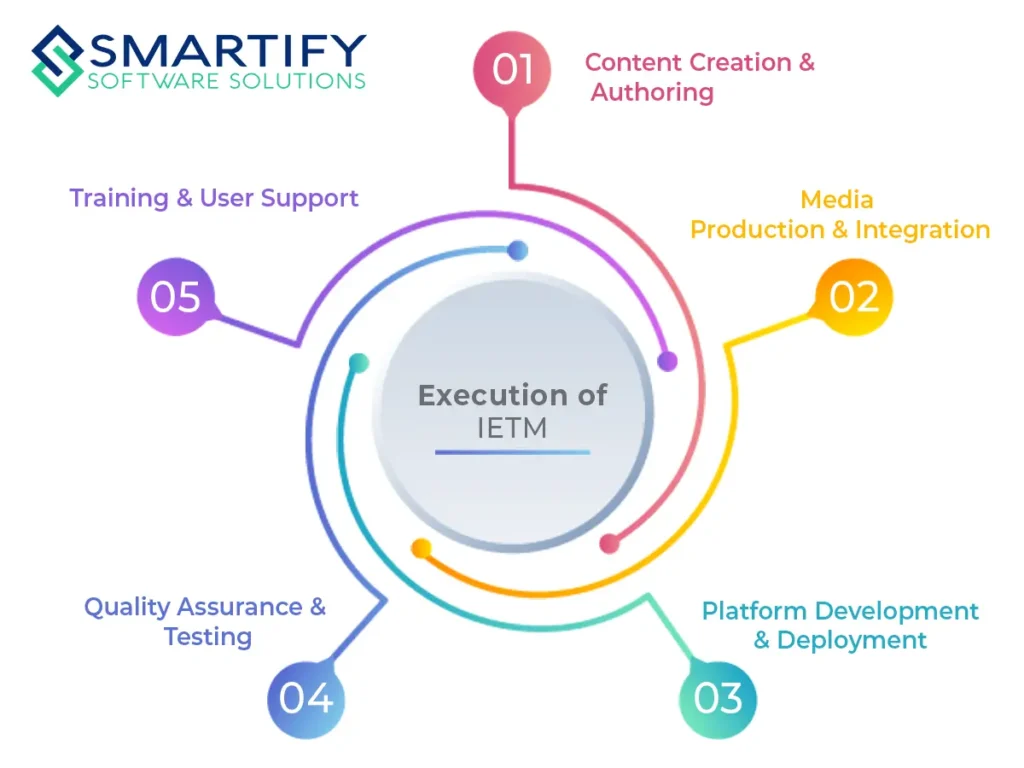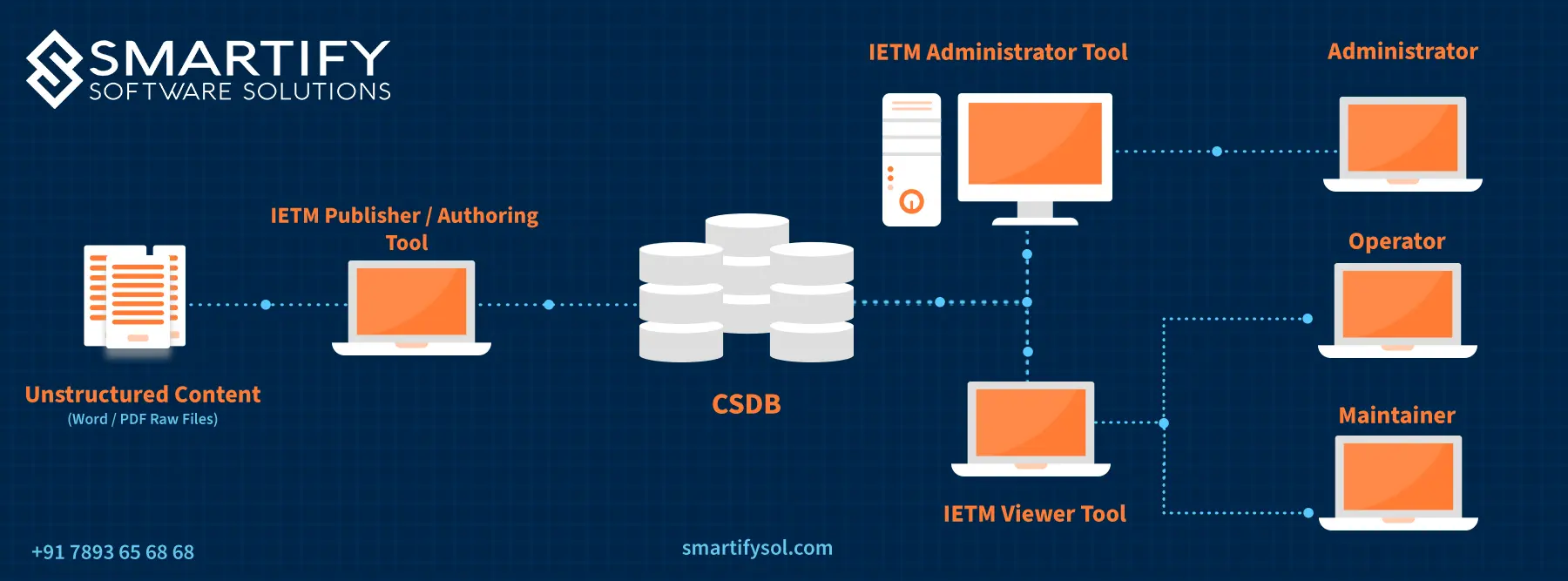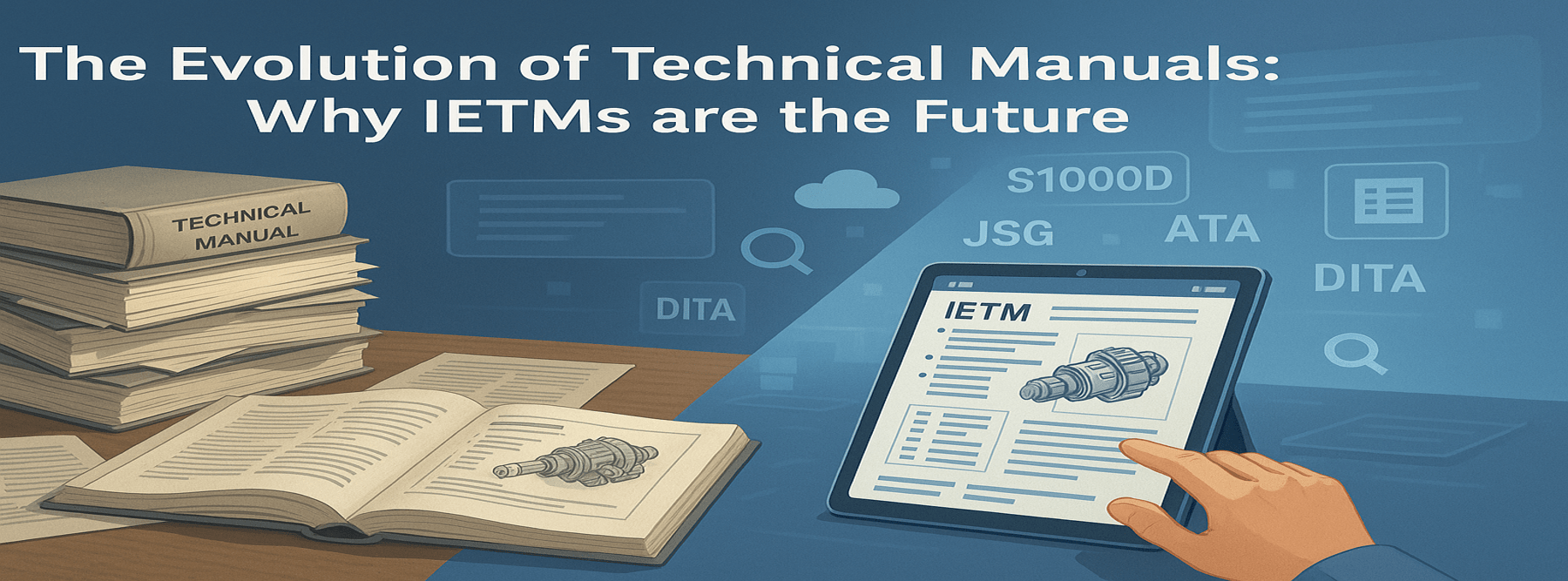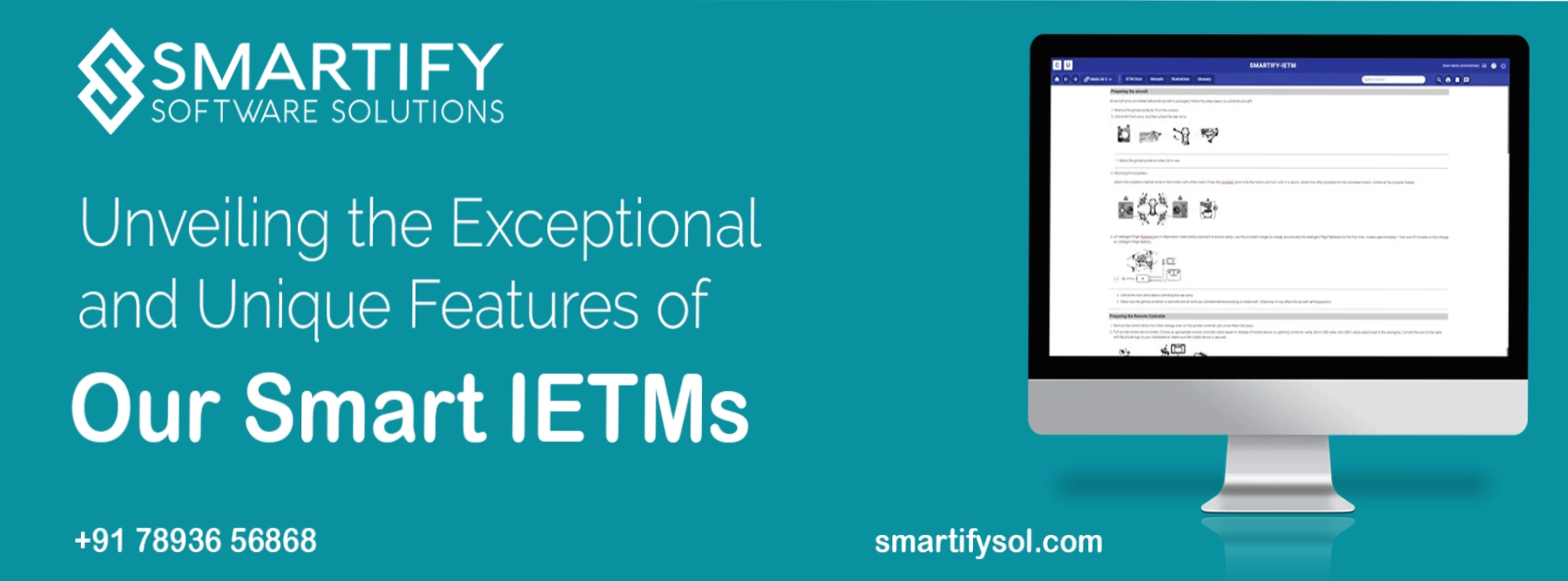In the dynamic landscape of modern technology and industry, efficient and accessible documentation is crucial for the success of any project or endeavour. One such advancement in technical documentation that has revolutionised the way information is disseminated and utilised is the Interactive Electronic Technical Manual (IETM). This blog post aims to delve into the intricacies of IETM, highlighting their deliverables and execution, and elucidating their significance in contemporary industries.
Understanding IETM
An Interactive Electronic Technical Manual (IETM) is a digital repository of technical information, procedures, and guidelines essential for operating, maintaining, and troubleshooting complex systems or machinery. Unlike traditional printed manuals, IETM offer dynamic, multimedia-rich content accessible via electronic devices such as computers, tablets, or smartphones. They typically include text, images, diagrams, videos, animations, and hyperlinks, providing users with a comprehensive and interactive learning experience.

Execution of IETM
1. Content Creation and Authoring: The execution of an IETM begins with content creation and authoring, where subject matter experts (SMEs) compile and organise technical information into digital format. This phase involves identifying target audiences, defining content structure, and selecting appropriate multimedia elements.
2. Media Production and Integration: Once the content is finalised, media production and integration come into play, where multimedia elements such as videos, animations, and graphics are developed and incorporated into the IETM platform. This phase focuses on enhancing content visualisation and interactivity to optimise user engagement.
3. Platform Development and Deployment: The next step involves platform development and deployment, where IETM software or applications are designed, programmed, and tested to ensure seamless functionality across various devices and operating systems. This phase also includes user interface (UI) and user experience (UX) design to enhance usability and accessibility.
4. Quality Assurance and Testing: Quality assurance and testing are critical stages in the execution of IETM, where rigorous testing is conducted to identify and rectify any errors, inconsistencies, or usability issues. This phase involves alpha and beta testing, user feedback integration, and compliance verification with industry standards and regulations.
5.Training and User Support: Finally, training and user support are essential components of IETM execution, ensuring that end-users are proficient in navigating and utilising the digital manual effectively. This phase includes user training sessions, technical support services, and continuous improvement initiatives based on user feedback and usage analytics.
In conclusion, the successful execution of IETM relies on meticulous planning, content creation, multimedia integration, platform development, and user support. By delivering comprehensive documentation, multimedia-rich content, robust search and navigation features, and seamless integration with maintenance systems, IETM empower users with the knowledge and tools necessary to optimise performance, enhance safety, and drive innovation in diverse industries. As technology continues to evolve, IETM will undoubtedly remain a cornerstone of modern technical documentation, facilitating knowledge transfer and proficiency development in an increasingly complex world.





